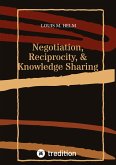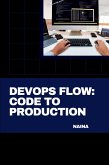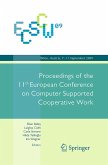in the system. Note that all these works rely on a trusted central server to coor-dinate the distributed learning process, which obviously becomes a single point of failure and can be subject to attacks. Only a couple of works like31 attempt to design decentralized multiparty learning systems. Note that only linear models are considered in31. To the best of our knowledge, secure decentralized multiparty learning with heterogeneous models remains an open and challenging problem.In this section, we propose a novel secure decentralized multiparty learning sys-tem by taking advantage of the blockchain technology, called BEMA. In particular, each party in a decentralized system broadcasts its local model, and meanwhile, processes the received (heard) models from other parties over his local dataset, and identifies the models that need to be calibrated. Following our designed pro-tocol, the party sends the calibration message to the corresponding parties. In so doing, the parties in the system do not need to share their whole dataset with other parties. In this system, we consider two types of Byzantine attacks in the system, which can occur in model broadcasting and model calibration processes. To pro-tect system security, we carefully design "o -chain sample mining" and "on-chain
Bitte wählen Sie Ihr Anliegen aus.
Rechnungen
Retourenschein anfordern
Bestellstatus
Storno









